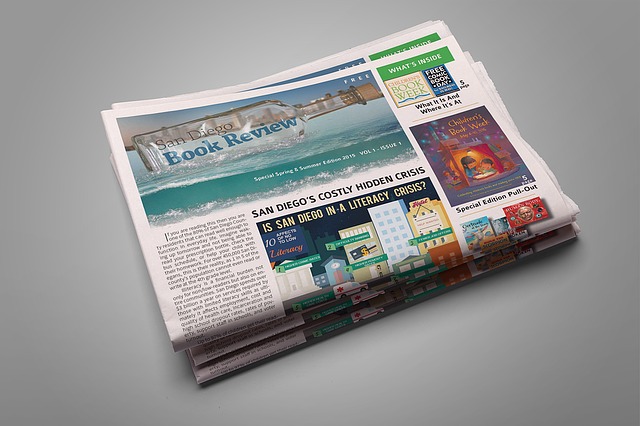 Facebook’s latest algorithm tweak that places greater priority on local news could benefit local public relations.
Facebook’s latest algorithm tweak that places greater priority on local news could benefit local public relations.
As part of its newfound desire to help society, Facebook announced it will show more stories from news sources in users’ local town or city. Posts from local publishers will show up higher in news feeds if users follow the publisher or if a friend shares a local story.
“People consistently tell us they want to see more local news on Facebook,” wrote Facebook CEO Mark Zuckerberg. Local news helps people understand community issues and can boost civic engagement and reduce divisiveness, Zuckerberg says.
“When I traveled around the country last year, one theme people kept telling me is how much we all have in common if we can get past some of the most divisive national issues,” he says.
What Local Publishers Can Receive Preferential Treatment
In a news announcement, Facebook states it will “identify local publishers as those whose links are clicked on by readers in a tight geographic area.” It will not otherwise constrain which publishers will be eligible for preferential treatment. Small news outlets may gain the most since they tend to have geographically concentrated readerships, but large local publishers as well as publishers that focus on niche topics like local sports, arts and human-interest stories can also benefit.
The change is taking effect in the U.S., and will expand to more countries this year. Users can also select which news sources, including local or national publications, they want see first by adjusting their news feed preferences.
Facebook is also testing a new section for local news, events and announcements called “Today In” that could offer a valuable publicity channel if Facebook introduces the section to all users. It’s now testing the section in six U.S. cities and plans to expand the feature in the coming months.
The update is part of Facebook’s effort to improve the quality of its news feed and prune out fake news reports. As Recode Senior Editor Peter Kafka notes: “It’s one thing to gin up fake stories about pedophile-friendly pizza parlors that spread around the internet; it’s another to create bespoke fake news about your neighborhood pizza parlor, since that takes a lot more work.”
Fake news reports have increasingly targeted businesses and celebrities as well as politicians. While Facebook and other technology giants struggle to limit the fictional stories, businesses and their PR agencies employ media monitoring services that alert them when their brands are mentioned in social media or on fake news websites.
PR Strategies May Adapt to Facebook’s Change
Facebook’s latest news feed adjustment may prompt a change in PR strategy. More brands may begin to pitch more releases to local publications. Even regional and national brands may consider more community involvement and local publicity strategies. With some creativity, PR can usually find a local angle to most news releases and media pitches.
PR and marketing professionals may place greater emphasis on following and liking Facebook pages of local publications and sharing their content. Including photos and videos in news releases may increase reach since Facebook’s algorithm and viewers prefer visual content.
The announcement is just one of the significant changes to the News Feed this year, all meant to improve the quality of newsfeed content and provide more “meaningful” interactions. Most notably, Facebook announced that the news feed will show fewer posts by businesses, brands and media and more posts from personal contacts.
Bottom Line: Facebook’s decision to show more posts from local publishers in users’ newsfeeds may offer a new opportunity for public relations. Companies and nonprofits may gain more publicity by sending news releases and story ideas to local publishers and adjusting Facebook marketing strategies.
William J. Comcowich founded and served as CEO of CyberAlert LLC, the predecessor of Glean.info. He is currently serving as Interim CEO and member of the Board of Directors. Glean.info provides customized media monitoring, media measurement and analytics solutions across all types of traditional and social media.





have a facebook question. i was told by someone that only 5-10% of my posts reach my audience. i have a not-for-profit book, Pathway to Happiness, that i am sharing, page by page, to my group members and so i am wondering if only 5-10% are able to see the book in this way. are there other alternatives that would work better? the book is listed on Amazon.com as a paperback and kindle, but that doesn’t generate readers. thx don c